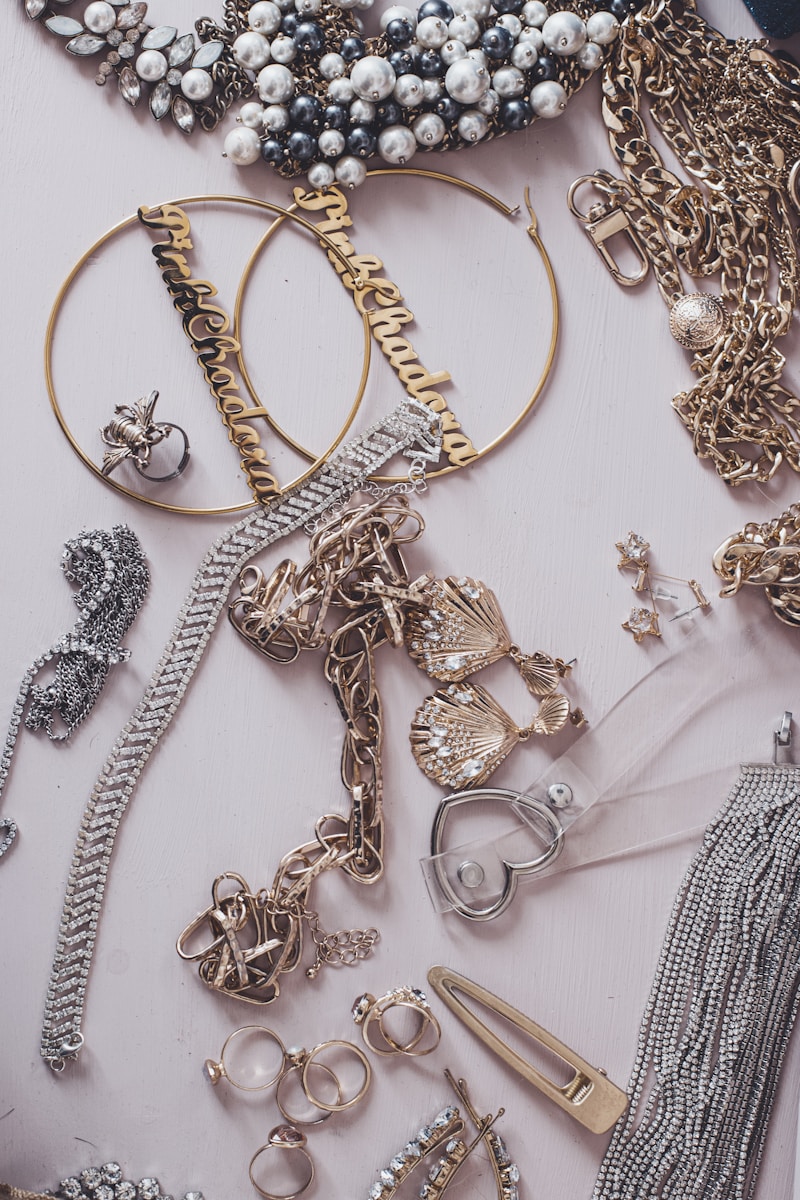Cultural Significance of Wrist Jewelry: A Timeless Expression of Identity
Exploring the Cultural Significance of Wrist Jewelry
Wrist jewelry has been a part of human adornment for centuries, transcending time and geography. This type of jewelry includes bracelets, bangles, cuffs, and wristwatches, each carrying cultural weight and significance that reflects the values, beliefs, and traditions of societies worldwide. This article delves into the multifaceted meanings behind wrist jewelry, its historical evolution, and its relevance in today's culture, while addressing common questions people may have about this elegant accessory.
The Historical Evolution of Wrist Jewelry
The history of wrist jewelry dates back to ancient civilizations. In Egypt, for example, both men and women adorned their wrists with gold and turquoise bangles engraved with hieroglyphics, believed to ward off evil spirits. In India, the kangan (a traditional bangle) is not just a fashion statement but also a rite of passage for married women, signifying their marital status.
| Era | Culture | Wrist Jewelry Type | Significance |
| Ancient Egypt | Egyptians | Bangles and Bracelets | Ward off evil and signify wealth |
| Medieval Europe | European Nobility | Wrist Cuffs | Showcase status and power |
| Modern Era | Global | Fashion Bracelets | Personal expression and style |
Diversity in Design and Material
From silver bangles in Africa to leather bracelets in the Americas, wrist jewelry varies significantly across cultures. The materials used also reflect local resources, traditions, and environmental factors. Precious metals like gold and silver symbolize wealth and status in many cultures, while materials like leather or wood often hold spiritual or cultural meaning. For instance, in Native American culture, certain designs in beadwork signify different tribes and their history.

Wrist Jewelry as a Form of Expression
Wrist jewelry transcends mere aesthetics; it often serves as a medium for personal and cultural expression. For many, bracelets may embody cherished memories, convey social status, or communicate one's beliefs and values. Symbols such as the evil eye or Om are frequently found in wrist jewelry, believed to provide protection or represent spiritual connections. As society evolves, so does the way individuals use wrist jewelry to communicate their identity and beliefs.
Wrist Jewelry in Contemporary Culture
In today's fast-paced world, the cultural significance of wrist jewelry continues to thrive. With the rise of social media and fashion influencers, wrist jewelry has become a powerful tool for creating a unique style. Influencers often showcase wrist stacks—multiple bracelets worn together—which allow individuals to mix and match styles that reflect their personality. This trend effectively blurs the lines between cultural adornment and personal fashion statement.
Common Questions about the Cultural Significance of Wrist Jewelry
1. What does wearing wrist jewelry symbolize in different cultures?
The symbolism behind wrist jewelry varies greatly. For example, in many Asian cultures, wearing a bracelet may signify protection against negative energy, while in Western cultures, it often represents fashion and individuality.
2. How has the meaning of wrist jewelry changed over time?
Historically, wrist jewelry often indicated social status or marital status. However, today, it has evolved into a medium for personal expression, allowing individuals to tie their identity to art and culture.
3. Are there specific occasions for wearing wrist jewelry?
Wrist jewelry is worn on various occasions, from everyday wear to significant life events such as weddings, graduations, and religious observances. The significance can shift depending on the context and the individual.
Wrist Jewelry Around the World
Across the globe, you will find unique traditions surrounding wrist jewelry. In some cultures, such as among the Maasai in East Africa, colorful beaded wristbands are essential for ceremonial occasions. In contrast, the traditional charm bracelets of Italy symbolize family heritage and history, containing symbols that represent familial traits and ancestry.
Conclusion: The Everlasting Appeal of Wrist Jewelry
Wrist jewelry is more than just an accessory; it is a reflection of culture, history, and personal expression. As we continue to explore and embrace different cultures, the significance of wrist jewelry will undoubtedly remain an integral part of not only fashion but also identity. Whether you are considering adding a piece to your own collection or exploring the rich histories behind each design, understanding the cultural significance of wrist jewelry can deepen your appreciation for this timeless form of expression.
Recommendations for Adding Wrist Jewelry to Your Collection
- Research Cultural Stories: Before purchasing wrist jewelry, explore its cultural background to appreciate its significance fully.
- Mix and Match: Don’t hesitate to combine different styles to create a unique stack that represents your personal identity.
- Consider Ethical Practices: Opt for brands that promote ethical sourcing and fair trade practices when selecting wrist jewelry.
In summary, wrist jewelry serves as a bridge between tradition and contemporary fashion, making it an essential accessory that speaks a universal language of beauty and identity.